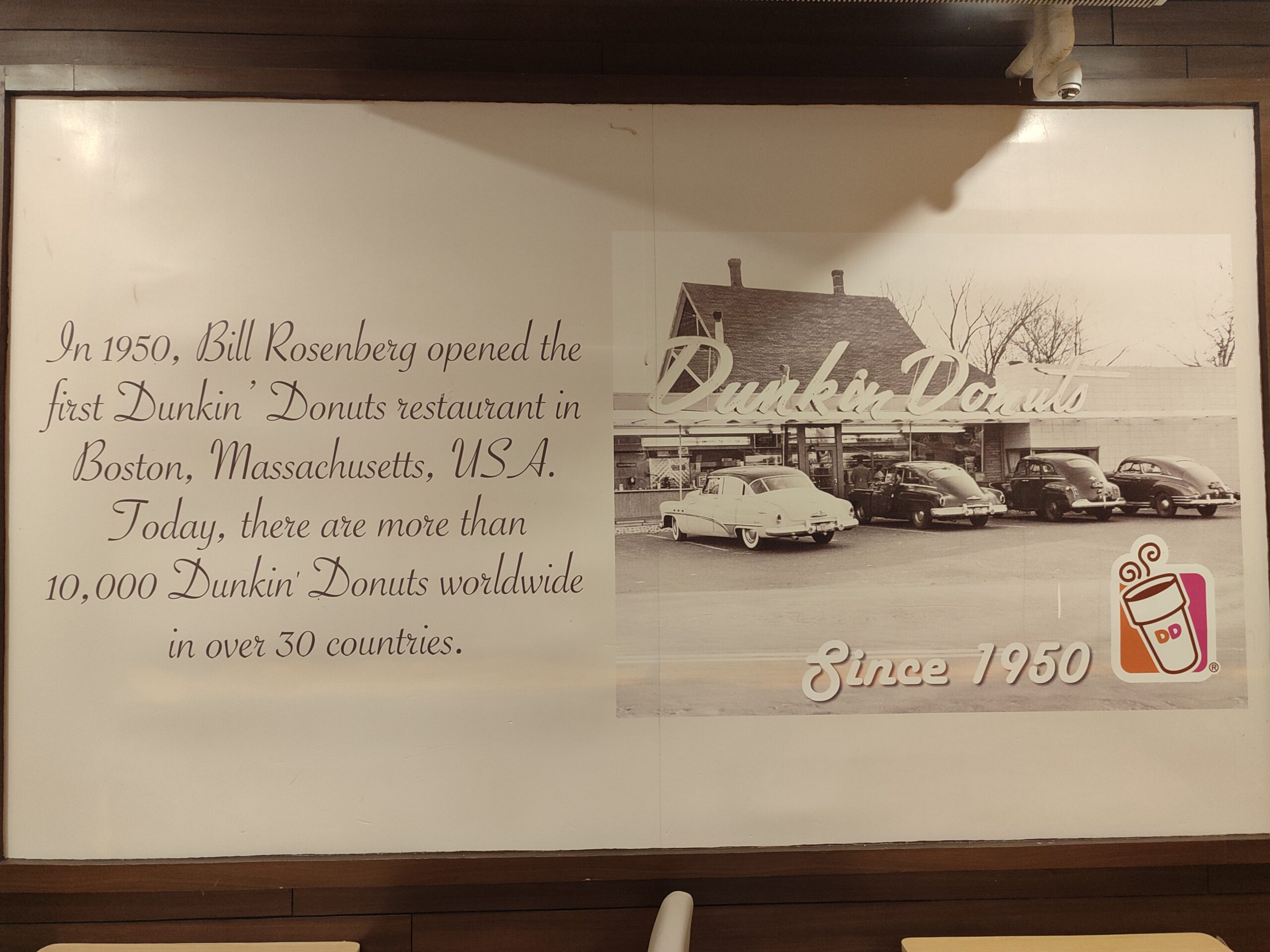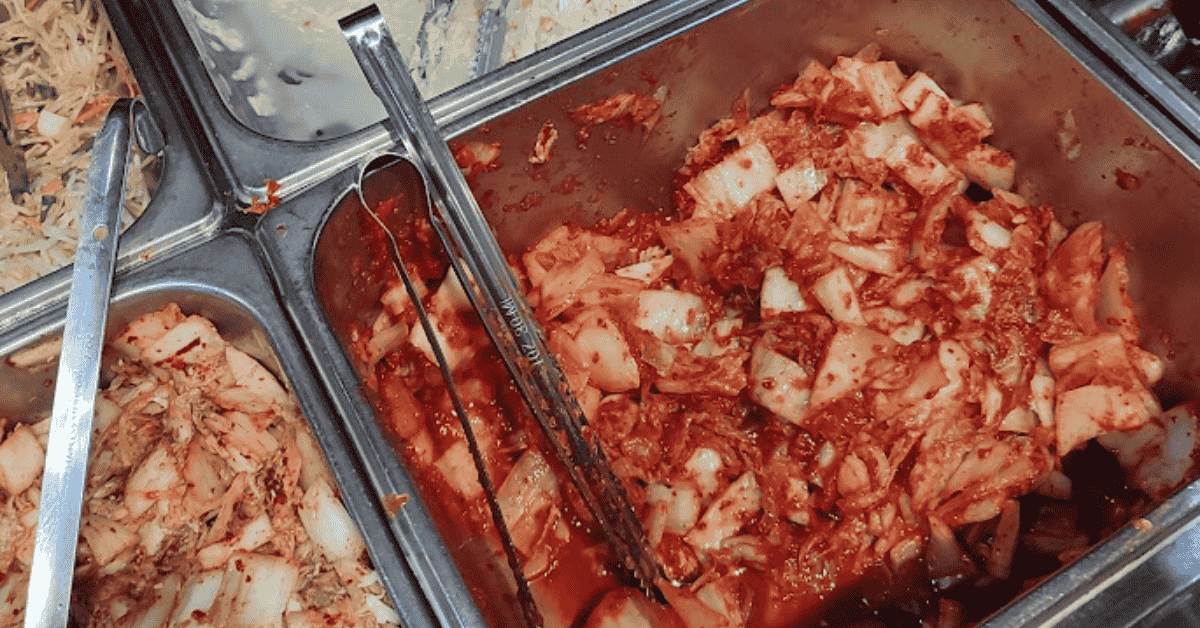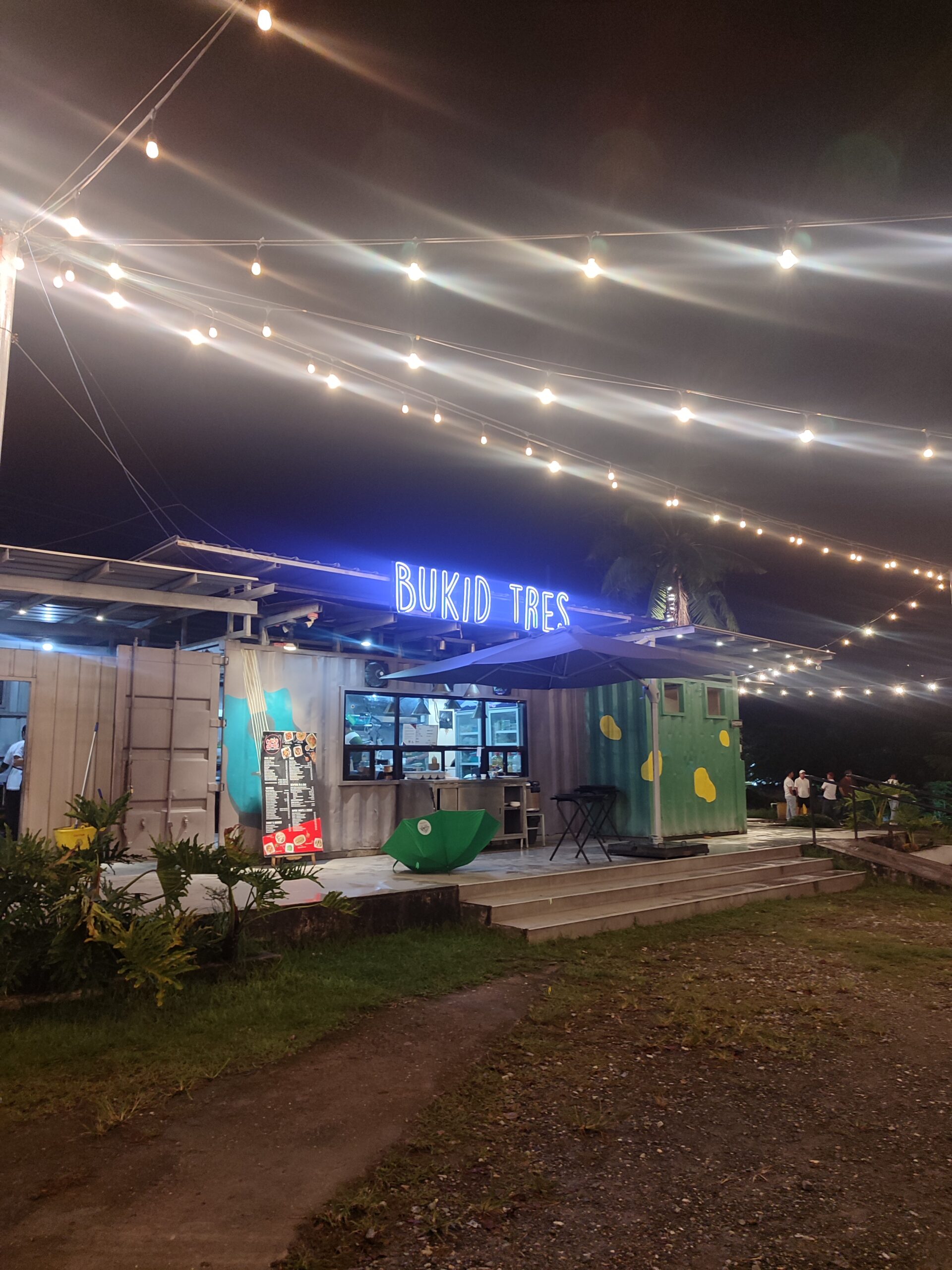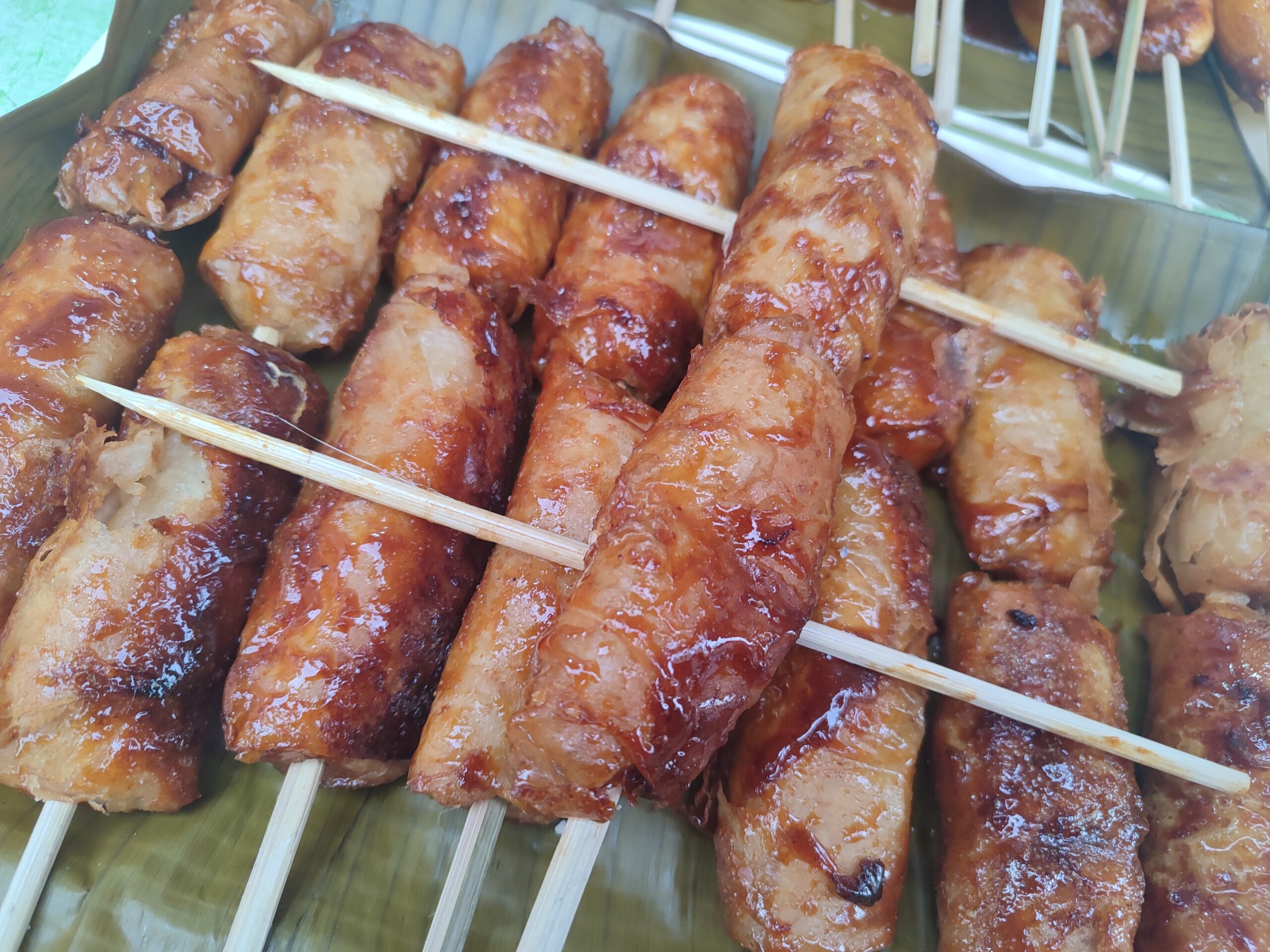Dunkin Donuts History
Walk into any Dunkin’ Donuts around the globe and you’ll immediately recognize the comforting scent of freshly brewed coffee, rows of colorful donuts, and a bustling atmosphere. But behind this now-global brand is a fascinating Dunkin Donuts History that started with one man’s vision in 1950. Let’s take a closer look at how a small donut shop in Boston became a beloved international name.
The Beginning: Bill Rosenberg’s Bold Vision
The story of Dunkin’ Donuts begins with entrepreneur Bill Rosenberg, who opened the first store in 1950 in Quincy, a suburb of Boston, Massachusetts. Post World War II America was entering a new economic phase, and Rosenberg saw a unique opportunity. He noticed that people working in factories and offices loved coffee and donuts during their breaks. Inspired by this simple observation, he launched a shop designed to serve premium coffee and donuts efficiently.
What made Rosenberg stand out was his commitment to quality. Unlike competitors that served mass-produced goods, his donuts were made fresh, and his coffee was brewed to satisfy the evolving American palate.
Dunkin Donuts History: The Name and the Brand
Originally, the business was called “Open Kettle,” but after some thought and feedback, Rosenberg rebranded it to Dunkin’ Donuts—a name that reflected exactly what customers did: dunk their donuts in coffee. The branding was simple, memorable, and effective. That clarity in name and purpose would be instrumental in Dunkin’s future growth.
Franchising the Idea
Bill Rosenberg didn’t stop at one store. By 1955, just five years after launching the original shop, Dunkin’ Donuts began franchising—a move that would set the company on a path to massive growth. Rosenberg’s vision wasn’t just to sell coffee and donuts but to create a replicable model that passionate entrepreneurs could own and operate across the country.This franchise approach allowed Dunkin’ to scale rapidly while maintaining consistency in brand experience and product quality. It was one of the early adopters of the franchise business model, making it a case study in business schools today.
Dunkin Donuts History: Expansion and Innovation
Over the decades, Dunkin’ Donuts expanded not only in numbers but also in menu offerings. While donuts remained the core attraction, the brand responded to customer demand with bagels, muffins, breakfast sandwiches, iced beverages, and more. Eventually, the “coffee” side of the business began to overshadow the donuts themselves.In fact, many customers today associate Dunkin’ as much with coffee as they do with sweet treats. The company even rebranded in 2019 by dropping the word “Donuts” in its name for many of its newer outlets, officially becoming Dunkin’ to reflect its broader menu.
Going Global: More than 10,000 Locations
What started in a small Massachusetts town has grown into a worldwide phenomenon. Today, Dunkin’ Donuts boasts over 10,000 locations in more than 30 countries, including the Philippines, India, South Korea, the United Arab Emirates, and the United Kingdom.
Each international store maintains Dunkin’s signature style while often offering localized flavors to cater to regional tastes. For example, you might find matcha-flavored donuts in Asia or date-stuffed treats in the Middle East.
This global expansion is a testament to the universal appeal of Dunkin’s core offerings—great coffee, freshly made donuts, and quick, friendly service.
Dunkin Donuts History: The Dunkin’ Culture and Loyalty
Dunkin’ has embedded itself into American culture and beyond. Whether it’s the morning commuter grabbing a cup on the way to work, or families enjoying a donut after school, Dunkin’ is more than just a food stop—it’s part of the daily routine for millions.Their loyalty program, mobile ordering, and integration with delivery services have only strengthened customer engagement. They’ve also embraced social media trends, featuring limited-time offerings, celebrity collaborations, and creative marketing campaigns that keep the brand modern and relevant.
Dunkin Donuts History: Sustainability and Corporate Responsibility
In recent years, Dunkin’ has taken steps toward becoming a more eco-conscious brand. They’ve started phasing out foam cups in favor of more environmentally friendly materials and are working toward improving their supply chain’s sustainability.
They’ve also pledged to use cage-free eggs and responsibly sourced coffee, aligning with global expectations around ethical consumerism. This shift shows that Dunkin’ isn’t just riding on its legacy—it’s actively preparing for the future.
Dunkin’ and the Philippines: A Unique Relationship
Dunkin’ Donuts has a special place in the hearts of Filipinos. Introduced to the Philippines in the 1980s, it quickly became one of the most popular snack and gift items for families. In fact, it’s common to see Filipinos bringing a box of Dunkin’ Donuts as a pasalubong (souvenir) when visiting relatives.With flavors that suit the Filipino palate and local marketing campaigns featuring popular celebrities, Dunkin’ Donuts Philippines has become a cultural mainstay—more than just a food brand, it’s a source of joy and nostalgia.
From Then to Now: Why Dunkin’ Endures
Why has Dunkin’ Donuts thrived for over 70 years? Dunkin Donuts History..
- Consistency: Whether you’re in New York or Manila, you know what to expect.
- Adaptability: Menu innovations and rebranding efforts reflect changing consumer tastes.
- Affordability: Compared to boutique coffee shops, Dunkin’ remains accessible.
Franchise Power: Thousands of entrepreneurs worldwide have helped grow the brand.
A Delicious Legacy
From a single donut shop in 1950 Boston to a global giant, Dunkin’ Donuts is a masterclass in branding, franchising, and staying relevant in an ever-evolving market. It’s not just about coffee and donuts—it’s about comfort, connection, and community.
So next time you bite into that frosted donut or sip your morning Dunkin’ coffee, remember: you’re tasting a piece of history that started with one man’s dream and continues to delight the world.



